In Artinis NIRS blog, you will find the latest trends in (f)NIRS, NIRS studies and applications, tutor from the leaders of near infrared spectroscopy, not to mention detailed insights and tips and tricks for your research!
Search blog post topic
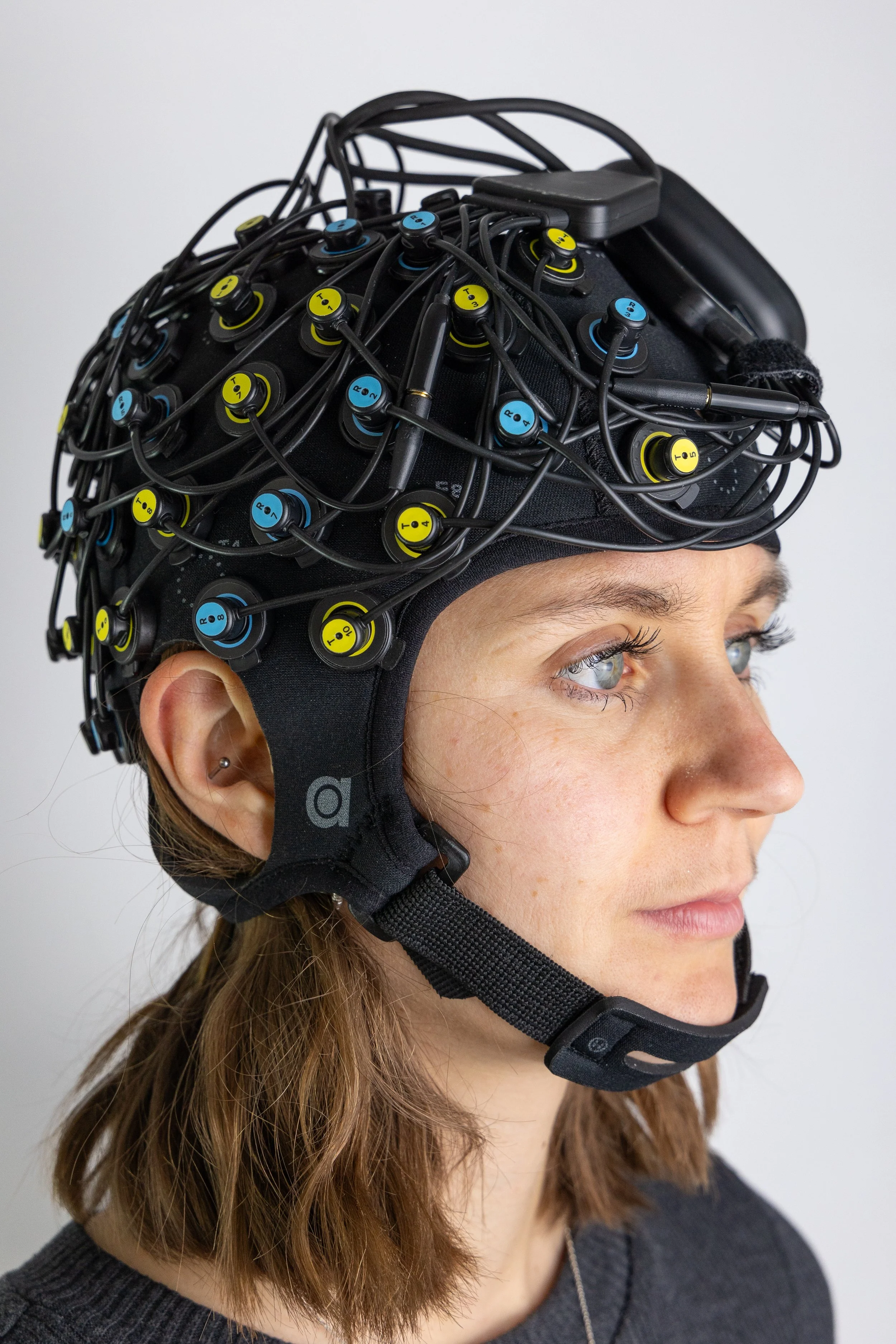
Ensuring good fNIRS data quality - Automatic assessment of signal quality
In fNIRS, achieving high data quality is crucial for reliable results, but can still bear challenges due to hair or skin pigmentation, especially when using fNIRS systems with higher channel number. In this blogpost, we present automated signal quality assessment methods that can serve as an efficient solution to detect good and poor data quality in fNIRS measurements.

Motion artefacts in (f)NIRS — How to address them
Movement is one of the most common causes for artefacts in neuroimaging tool such as fNIRS. Once motion artefacts are detected, it is important to decide on how to address them to preserve data validity. In this third blogpost of our motion artefact series, we present different methods to correct for motion artefacts and their advantages and disadvantages.

Motion artefacts in (f)NIRS — How to best detect them
Although fNIRS is relatively insensitive for motion artefacts, they cannot be completely prevented. Fortunately, there are various ways to detect motion artefacts. In this second part of our blogpost series on motion artefacts, we explain different methods of detections and elaborate on their advantages and disadvantages.
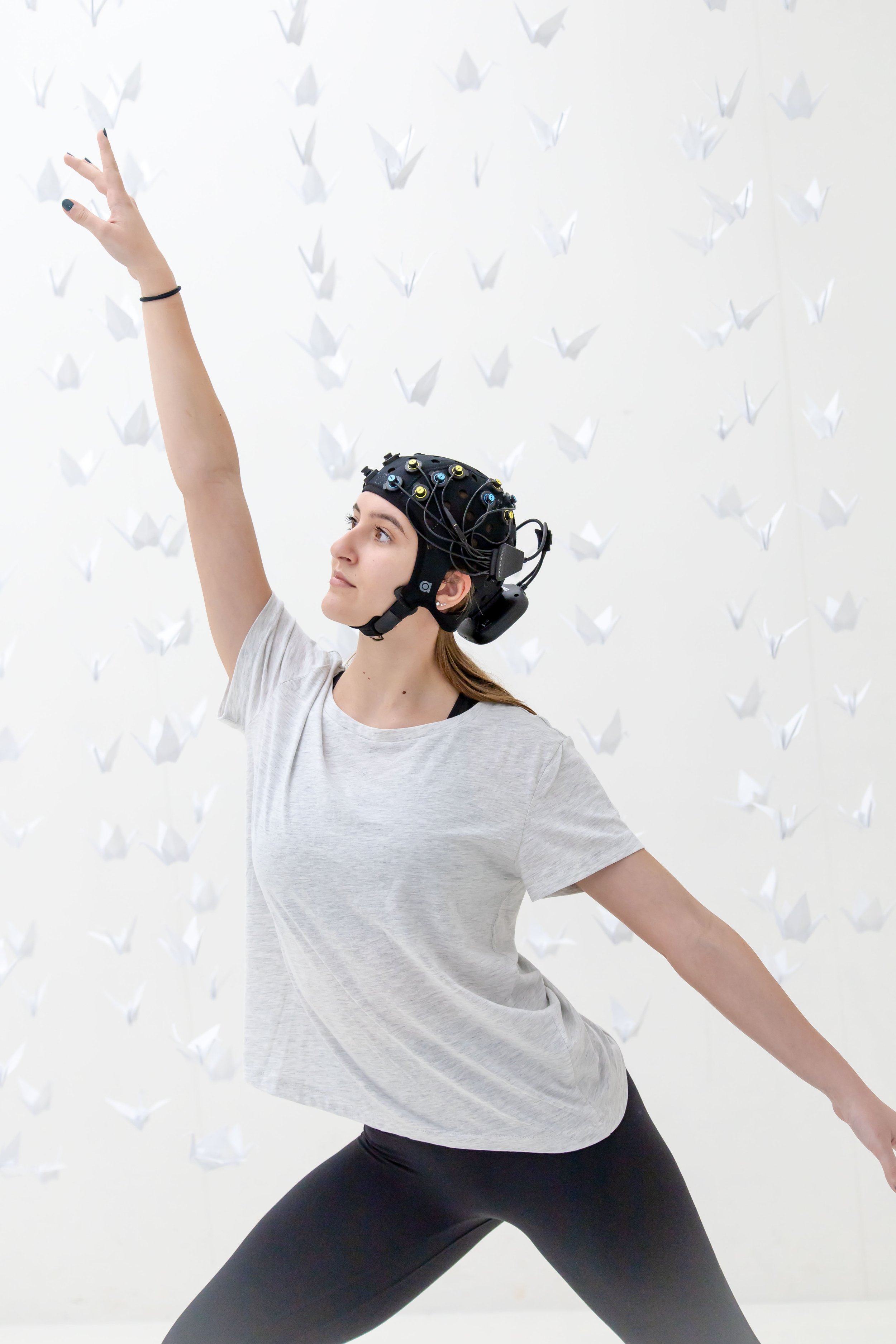
Motion artefacts in (f)NIRS — Not a problem, but not to be overlooked
Due to its portability and ease of use, fNIRS is applied in a variety of research fields, especially in study designs involving movement. Although fNIRS is relatively insensitive to motion artefacts, they still can occur and might influence signal quality. In this first part of our blogpost series on motion artefacts in NIRS, we explain what movement artefacts are and how they can be recognized.

Non-cerebral physiological interference in functional Near-Infrared Spectroscopy (fNIRS), a CURSE or BLESSING?
Our fNIRS devices offer a high sampling rate, enabling extraction of additional physiological parameters, including respiratory rate (RR). These parameters can provide important additional information that can be used as adjunction to cerebral activity measures. In this blogpost, the possibility of RR estimation from fNIRS in a resting state is discussed in the form of a case study.
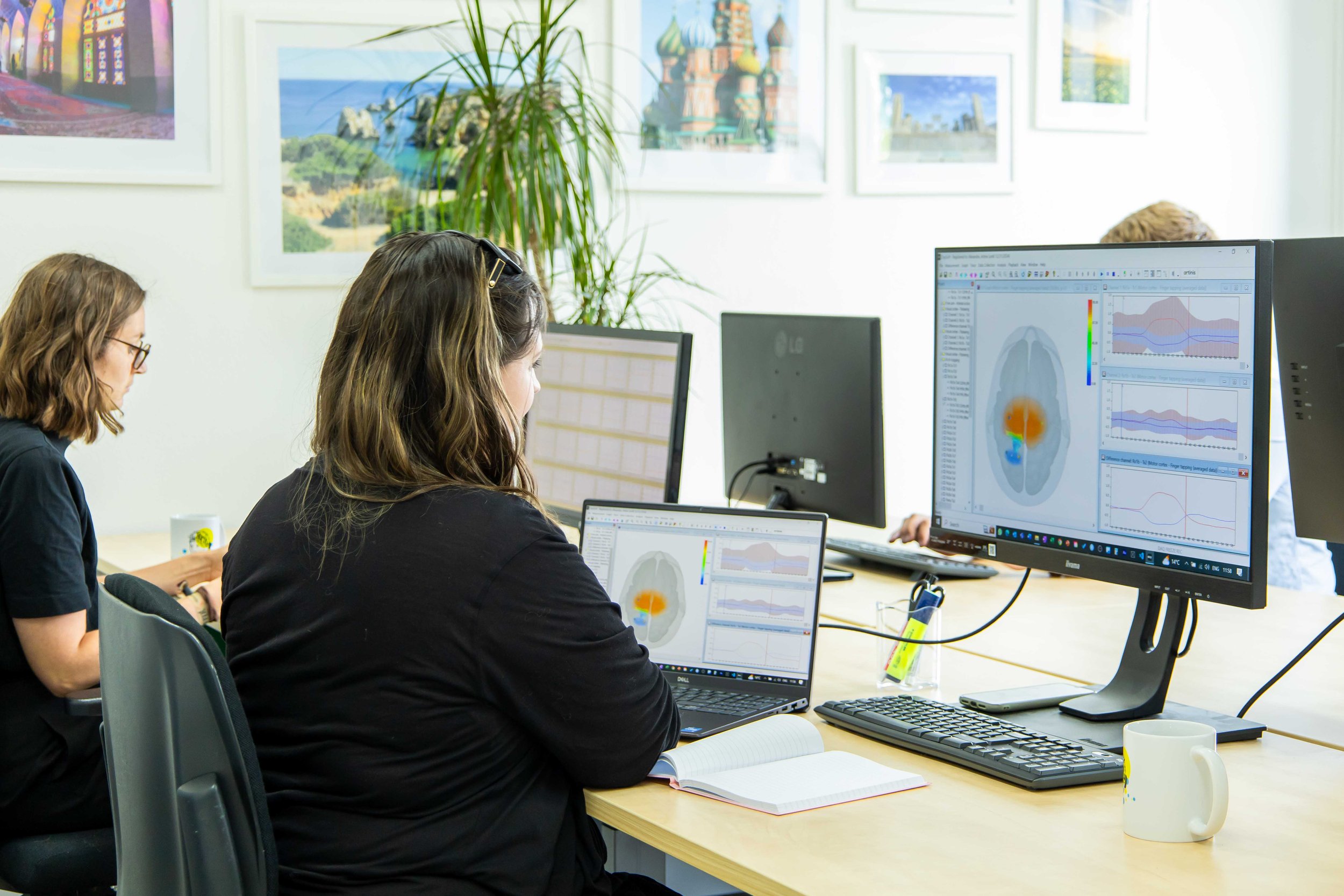
Multimodal fNIRS-EEG measurements — Analysis approaches
When it comes to deciding on an appropriate data analysis approach in multimodal fNIRS-EEG measurements, the soundest consideration factors ultimately depend on the research question at hand. Therefore, the analysis steps may vary from one study to another. Nonetheless, they can broadly be classified into two strategies: parallel data analysis and informed data analysis.
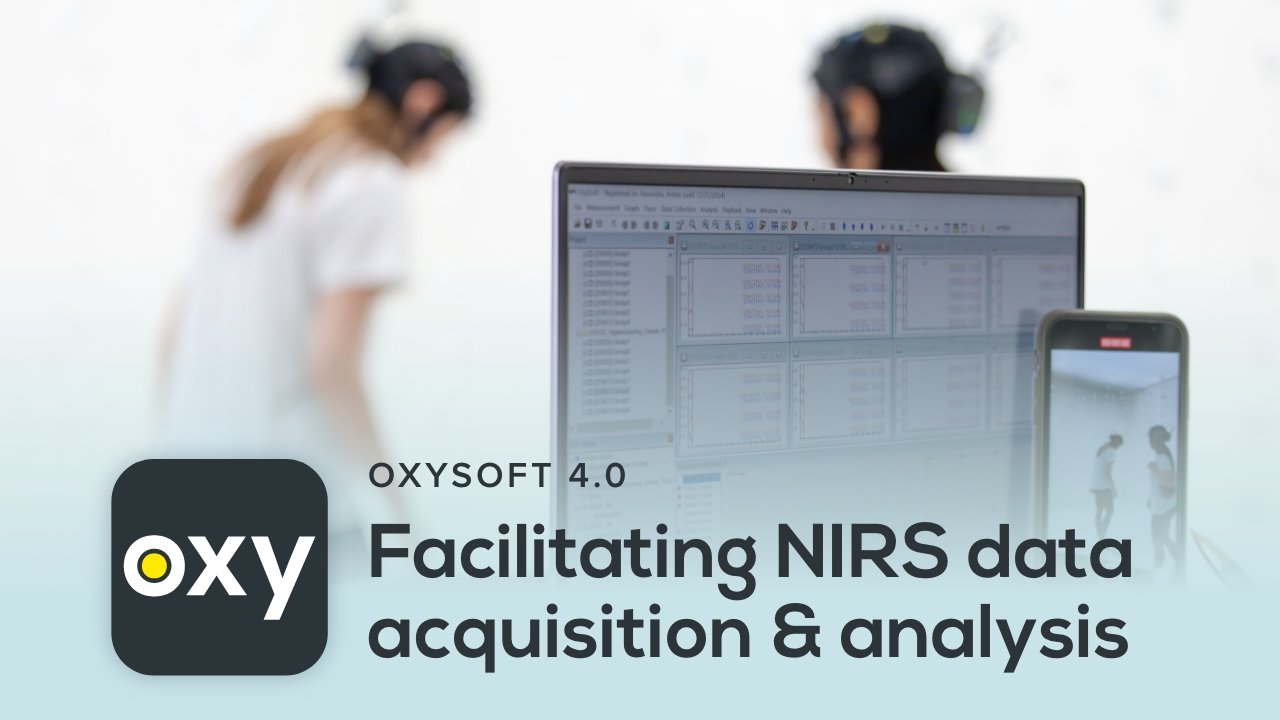
OxySoft 4.0 – Facilitating NIRS data acquisition and analysis
We are proud of the enhanced performance of our recently released NIRS monitoring software. In this blogpost, we list all exciting features included in OxySoft 4.0 and shortly explain, how they can be used.
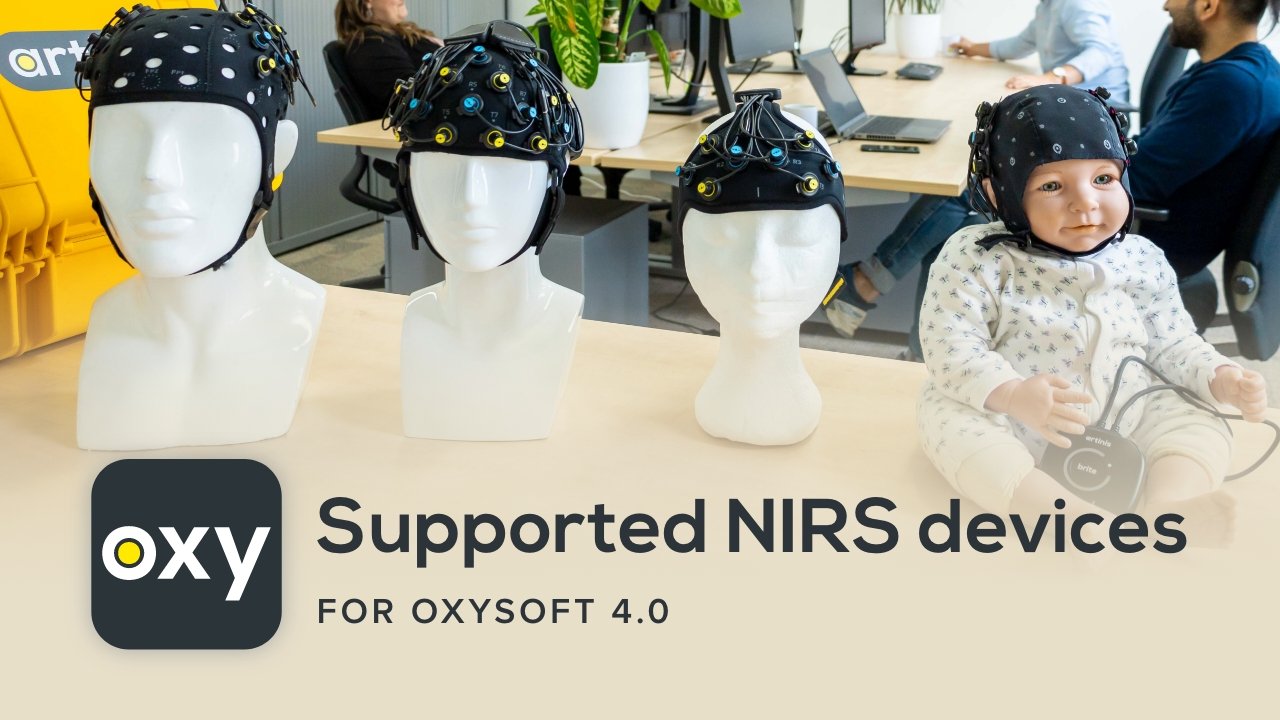
Supported NIRS devices for our elevated OxySoft 4.0
We are proud of the enhanced performance of our recently released NIRS monitoring software. In this blog post, we explain, which of our devices are supported in OxySoft 4.0 and higher.
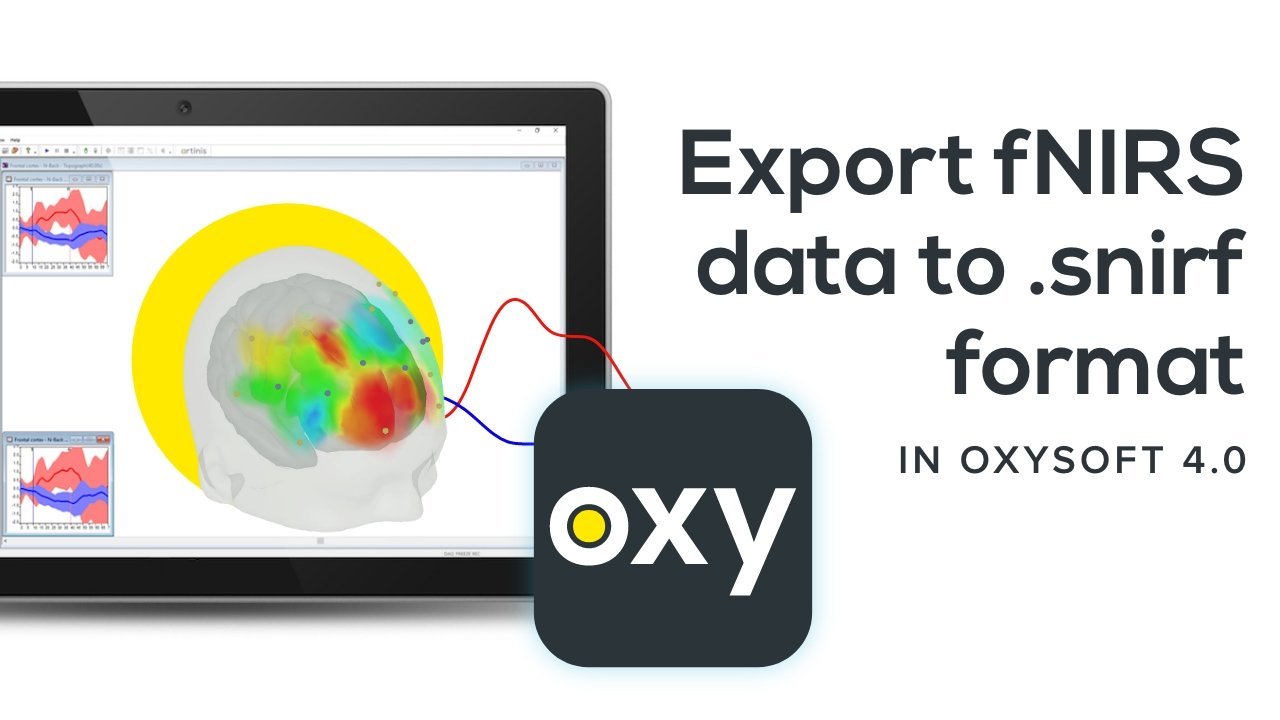
OxySoft 4.0 unlocks easy export of NIRS data to .snirf format
The shared near-infrared file format (.snirf) is a standardized data format that was developed by (f)NIRS researchers to facilitate the exchange and sharing of NIRS data. Read this blog post to learn more about the .snirf format and how to export your data directly to .snirf in our latest software OxySoft 4.0!
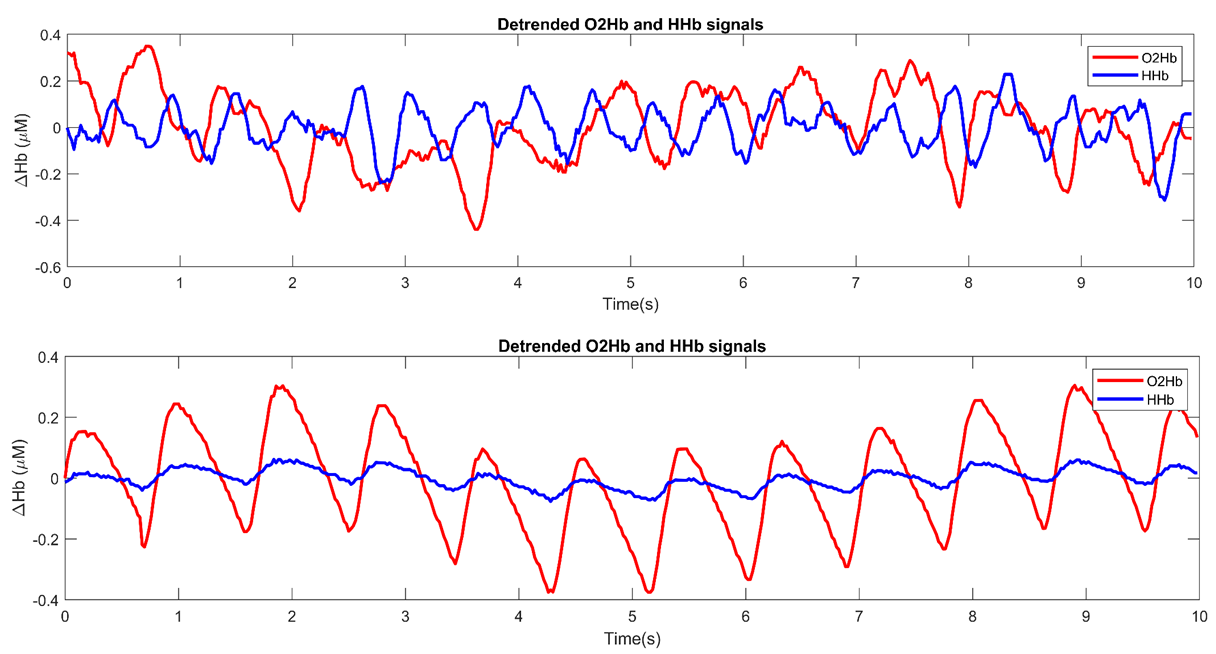
Assessing NIRS signal quality – Implementation of the Signal Quality Index (SQI)
Achieving good signal quality is crucial for (f)NIRS data acquisition and analysis, but often difficult to determine. Therefore, we developed an algorithm named SQI (Signal Quality Index) which rates NIRS signal quality. Read this blogpost to learn more on how this SQI is specified and how it can be implemented in your research.

How to: Start a measurement and do a short analysis
If you don’t have time to read our extensive manuals, but would still like some quick pointers on how to start a measurement with one of our state of the art fNIRS devices… you’re in the right place! In this blog we will get you set-up in no time and discuss some of the analysis options our proprietary software, OxySoft, offers.
